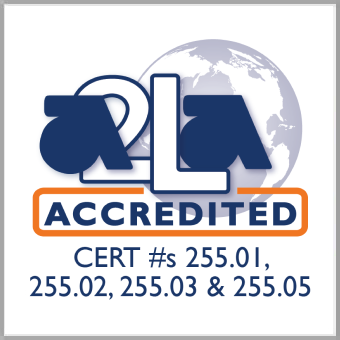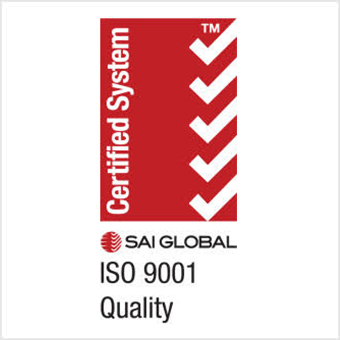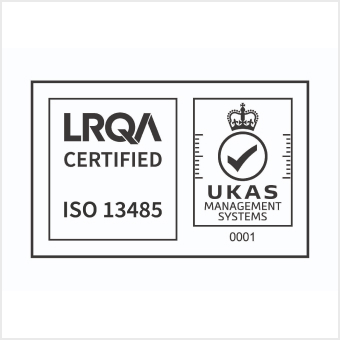JIS K6258
1. Introduction to JIS K6258
JIS K6258 is a Japanese Industrial Standard developed by the Japanese Standards Association (JSA). It specifies the methods used to evaluate the effects of various liquids on vulcanized or thermoplastic rubber materials. The standard provides a systematic approach to understanding how different rubber materials react to exposure to liquids, such as oils, fuels, chemicals, and water.
The primary goal of JIS K6258 is to ensure that rubber components maintain their physical properties and perform reliably when exposed to substances they might encounter during normal operation. This is critical in industries such as automotive, aerospace, and industrial manufacturing, where rubber parts are frequently exposed to oils, coolants, solvents, and other liquids that could degrade the material.
2. Purpose and Scope
The purpose of JIS K6258 is to establish consistent and standardized procedures for determining the resistance of rubber materials to the effects of liquids. The scope of the standard includes testing of:
- Vulcanized Rubber: Rubber that has undergone a cross-linking process to enhance durability and elasticity.
- Thermoplastic Rubber: Rubber-like materials that can be melted and reformed, typically used in applications requiring flexibility and ease of processing.
Key objectives include:
- Evaluating the effect of liquid exposure on the physical properties of rubber materials, such as tensile strength, elongation, hardness, and weight change.
- Determining the chemical resistance of rubber to common substances like oils, fuels, and solvents.
- Assessing the long-term durability of rubber components exposed to various liquids under operational conditions.
The standard applies to all rubber materials used in situations where they will come into contact with liquids, including seals, hoses, gaskets, and other critical components.
3. Test Liquids
JIS K6258 specifies various test liquids to simulate real-world conditions that rubber materials may encounter. The choice of liquid is crucial as it determines how the rubber will behave under different conditions. The most commonly used liquids for testing include:
- Oils: This includes engine oils, lubricating oils, hydraulic oils, and mineral oils.
- Fuels: Gasoline, diesel, and biofuels are frequently tested to evaluate how rubber components perform in the presence of these substances.
- Solvents: Solvents such as acetone, ethanol, toluene, and others are included to test chemical compatibility.
- Water: The effect of water on rubber is tested, including distilled water and seawater, to simulate exposure to moisture and environmental conditions.
- Acidic/Alkaline Solutions: Solutions with various pH levels are tested to understand the rubber’s reaction to acidic or alkaline conditions.
- Other Chemicals: Various industrial chemicals, such as salts, antifreeze solutions, or other fluids that rubber might encounter in specialized applications.
Each liquid is selected based on its relevance to the expected operating environment of the rubber materials in question.
4. Test Methods in JIS K6258
JIS K6258 outlines a series of test methods to evaluate how rubber materials respond to exposure to liquids. These tests are designed to assess changes in mechanical properties, such as strength, flexibility, and hardness, as well as physical characteristics such as swelling, weight change, and visual degradation. Some of the key tests include:
- Swelling Test:
- Rubber samples are immersed in the chosen test liquid for a specified period.
- The amount of swelling (increase in volume or weight) is measured to assess how much the rubber absorbs the liquid.
- Swelling can cause changes in the rubber’s physical properties, such as softness or degradation, which can compromise its performance.
- Tensile Strength Test:
- Rubber samples are tested for tensile strength after exposure to liquids.
- This measures how much force the rubber can withstand before breaking and how exposure to liquids has affected the material’s structural integrity.
- A decrease in tensile strength often indicates chemical degradation or physical damage to the rubber.
- Elongation at Break Test:
- This test measures the extent to which rubber can stretch before it breaks, known as elongation at break.
- Changes in elongation after liquid exposure reveal how flexible or brittle the rubber has become as a result of chemical reactions or absorption of liquid.
- Hardness Test:
- The hardness of the rubber is measured using a Shore durometer.
- Changes in hardness after liquid exposure indicate whether the rubber has become harder (brittle) or softer (loss of resilience).
- This test is critical for evaluating the rubber’s ability to maintain its functional properties under stress.
- Compression Set Test:
- The sample is compressed for a certain period, and the amount of recovery is measured.
- This test evaluates the rubber’s ability to return to its original shape after being deformed by exposure to liquid.
- Compression set can be an important indicator of long-term durability, especially for sealing components.
- Mass Change Test:
- The sample’s mass is measured before and after exposure to the liquid to determine how much liquid the rubber has absorbed or lost.
- A significant change in mass may indicate the rubber has become saturated or dried out, which can affect its performance and longevity.
- Visual Inspection:
- After exposure, the rubber is visually examined for signs of degradation such as cracking, discoloration, or surface degradation.
- Visual inspection helps detect physical changes that might not be captured by other testing methods.
5. Reporting and Interpretation of Results
The results of JIS K6258 testing are typically reported as the percentage of change in various physical properties, such as:
- Tensile Strength: A decrease in tensile strength would indicate that the material has undergone some level of degradation.
- Elongation at Break: A reduction in elongation suggests the material has become more brittle after liquid exposure.
- Hardness: Changes in hardness, either up or down, provide insight into whether the material has become harder (less flexible) or softer (more prone to wear).
- Swelling: The degree of swelling is measured and compared to the initial dimensions of the sample. Significant swelling may indicate material degradation.
- Weight Change: A gain in weight might suggest absorption of the liquid, while weight loss could indicate evaporation or chemical changes.
Interpretation of results helps manufacturers assess whether the rubber is suitable for use in specific applications and how long the material can perform reliably in contact with the selected liquids.
6. Applications of JIS K6258
JIS K6258 is crucial for industries where rubber components are exposed to liquids during operation. Key applications include:
- Automotive Industry:
- Rubber parts such as seals, gaskets, hoses, and fuel system components are tested for exposure to oils, fuels, and other automotive fluids.
- The durability and performance of rubber seals in fuel tanks, engine components, and transmission systems are critical to vehicle safety and reliability.
- Industrial Manufacturing:
- Rubber gaskets, seals, and hoses used in chemical processing plants, machinery, and pipelines are evaluated for resistance to oils, solvents, and other chemicals.
- The performance of rubber materials in manufacturing environments is critical for ensuring safety and preventing leaks or failures.
- Aerospace:
- Rubber components used in aerospace applications, such as seals, gaskets, and fuel system parts, are exposed to jet fuels, lubricants, and hydraulic fluids.
- Testing rubber materials ensures that they can withstand extreme temperatures and pressures encountered in aviation.
- Marine:
- Rubber materials used in marine environments, such as seals for ships and boats, are tested for resistance to seawater, oils, and fuel.
- Durability tests ensure that rubber components can withstand long-term exposure to harsh marine conditions.
- Consumer Goods:
- Rubber components in household goods, appliances, and other consumer products may also be tested for resistance to water, oils, and chemicals.
- Gaskets, seals, and rubber feet in appliances, plumbing, and automotive parts benefit from this testing.
7. Challenges and Considerations
While JIS K6258 provides a valuable standard for evaluating the effects of liquids on rubber, there are some challenges:
- Variability in Materials: Different rubber formulations behave differently when exposed to liquids, requiring customized testing for specific materials.
- Environmental Factors: Testing conditions, such as temperature and pressure, may need to be adjusted to better simulate real-world environments.
- Long-Term Testing: Some tests, particularly those involving the long-term exposure of rubber to liquids, may require extended periods of testing, which can be resource-intensive.
8. Conclusion
JIS K6258 is a critical standard for ensuring the performance, durability, and safety of rubber materials exposed to liquids. By providing clear guidelines for testing, it helps manufacturers assess the long-term viability of rubber components in various applications. Whether in automotive, industrial, aerospace, or marine industries, JIS K6258 ensures that rubber materials maintain their integrity and functionality when exposed to oils, fuels, chemicals, and other liquids.



